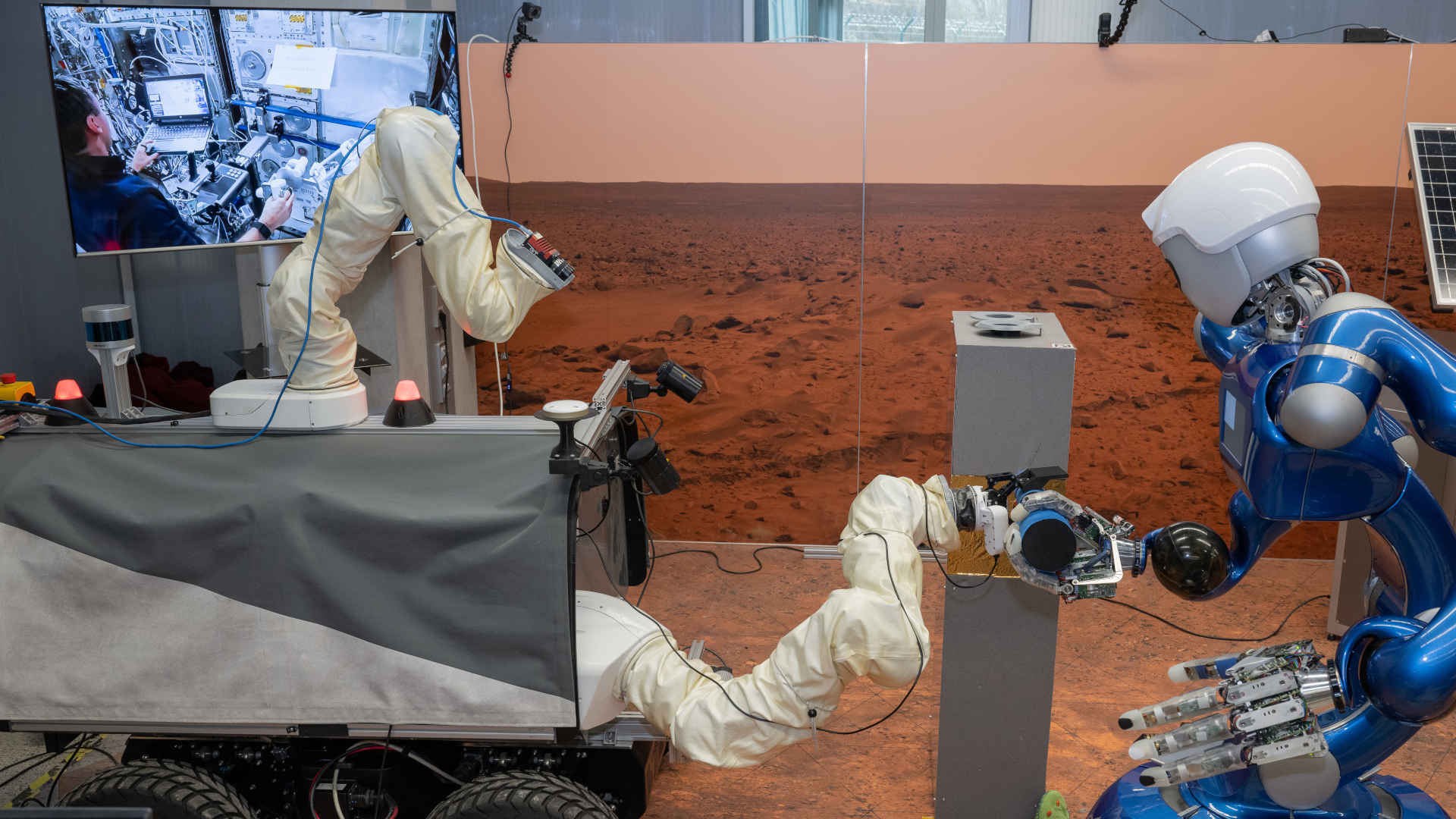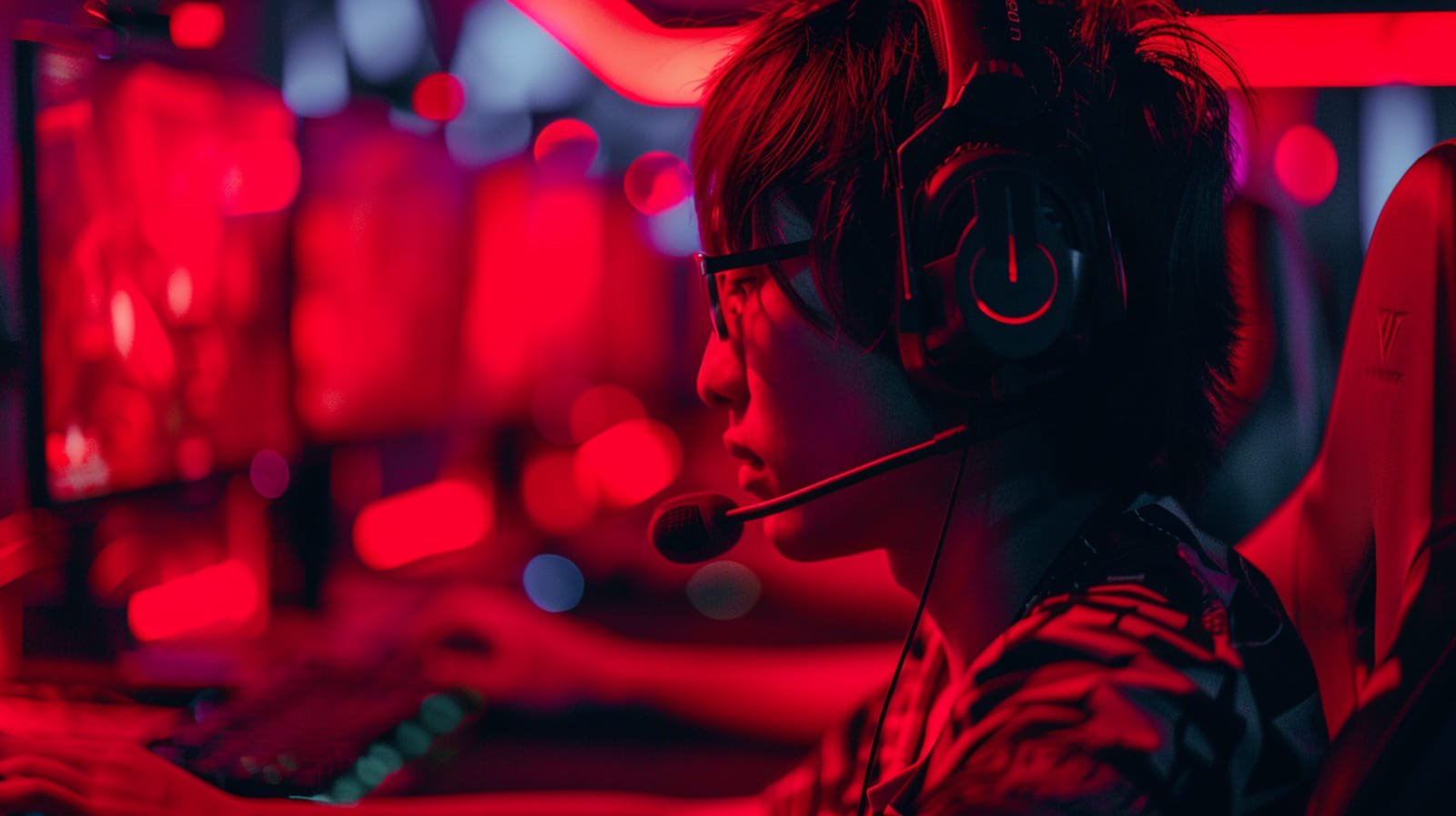This historic event marks the first time a humanoid-controlled robodog has been operated outside of Earth’s atmosphere, expanding the capabilities of both robotic technology and space exploration. Until now, only robots with wheels have been remotely controlled from space. The groundbreaking “Surface Avatar” test, conducted in January, saw European Space Agency (ESA) astronaut Marcus Wandt remotely control various robotic systems on Earth from the International Space Station (ISS). This is part of a larger project aiming to enable human operators to oversee robots on other celestial bodies like the Moon or Mars while in orbit around them. During the test, Wandt operated a dog-like robot named Bert, developed by the German Aerospace Center (DLR), which is equipped with legs designed for traversing diverse terrains inaccessible to wheeled robots and allows for exploration of confined areas such as small caves. While controlling the robodog, Wandt guided it through DLR’s Mars laboratory, utilizing its camera eyes to survey the environment. Additionally, Wandt also directed his attention to two other robots, DLR’s Rollin’ Justin, a humanoid service robot, and ESA’s Interact rover. Building upon previous experiments that explored the impact of time delays on remote robot control, this phase involved the two robots collaborating to complete a task of installing a short pipe.  ESA astronaut Marcus Wandt was able to sensitively control the robots in DLR’s Mars laboratory from the ISS.Image credit: DLR
ESA astronaut Marcus Wandt was able to sensitively control the robots in DLR’s Mars laboratory from the ISS.Image credit: DLR
DLR emphasized the complexity of collaboration, even among robots, stating, “Even between humans, cooperation is complex. Agreements have to be made and mutual intentions understood. This is a particular challenge when different robots have to form a team and successfully complete a task together.” The process of combining the diverse capabilities of multiple robots becomes highly beneficial when constructing habitats, as demonstrated in this experiment. The humanoid robot Rollin’ Justin and ESA’s Interact Rover successfully collaborated to install a short pipe, representing a scientific measuring device, a significant achievement in robotic teamwork. The larger goal extends beyond remotely controlling a robot on a different planet, as the objective is for astronauts to potentially oversee multiple robots during a mission, enabling them to operate semi-autonomously or fully as required. Alin Albu-Schäffer, Director of the DLR Institute of Robotics and Mechatronics, shared, “Future stations on the Moon and Mars, including astronaut habitats, will be built and maintained by robots operating under the guidance of astronauts. Our latest control and AI algorithms enable a single astronaut to command an entire team of different robots.”
Robotic Dog Controlled by Off-Planet Operator for the First Time in History












/cdn.vox-cdn.com/uploads/chorus_asset/file/23951560/VRG_Illo_STK178_L_Normand_SatyaNadella_Neutral.jpg)


